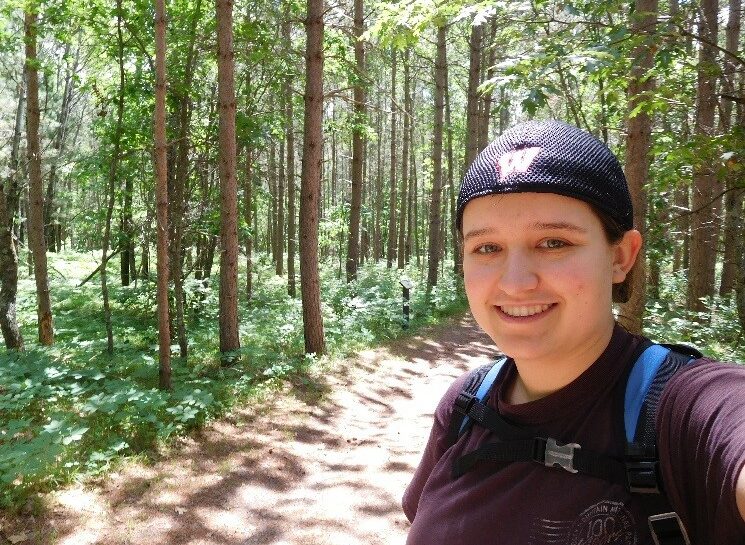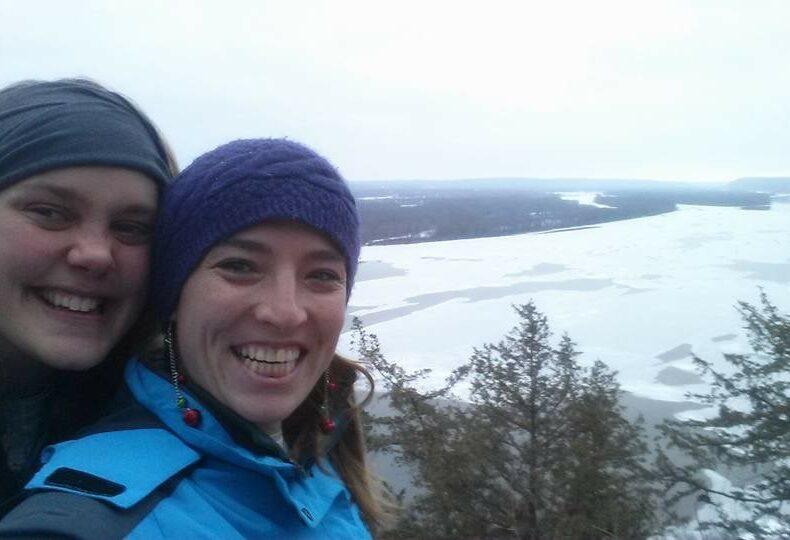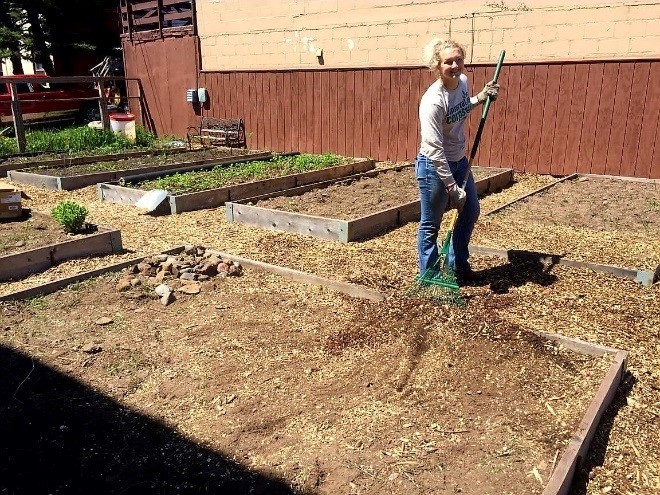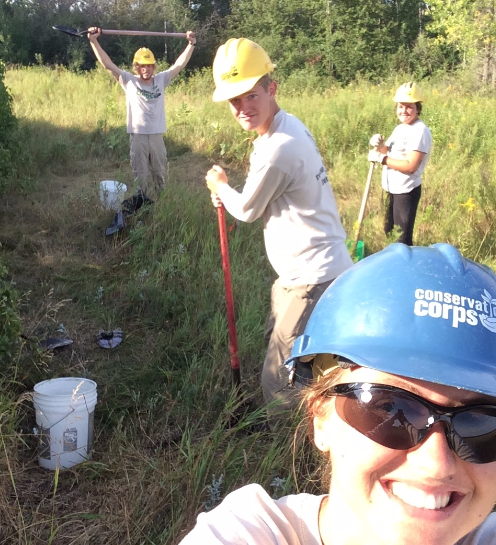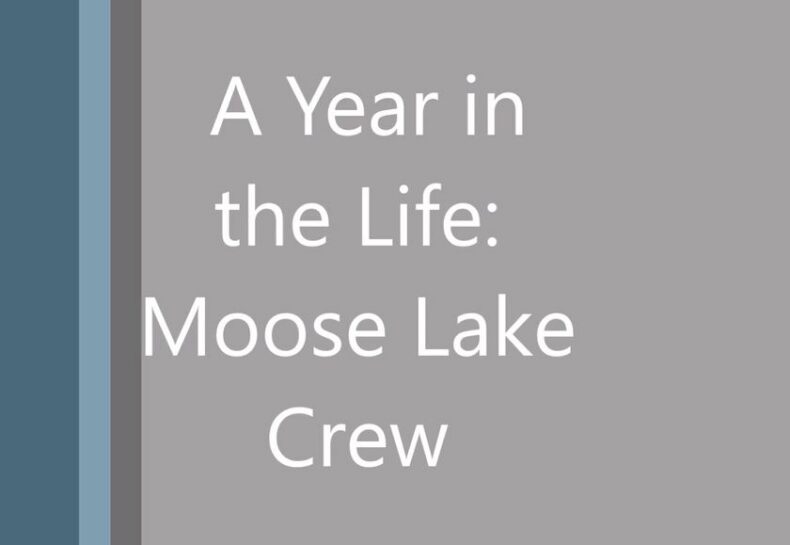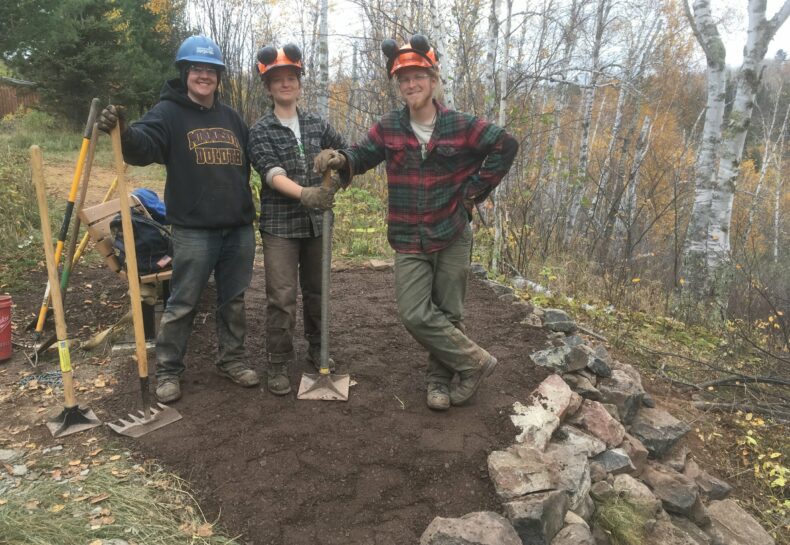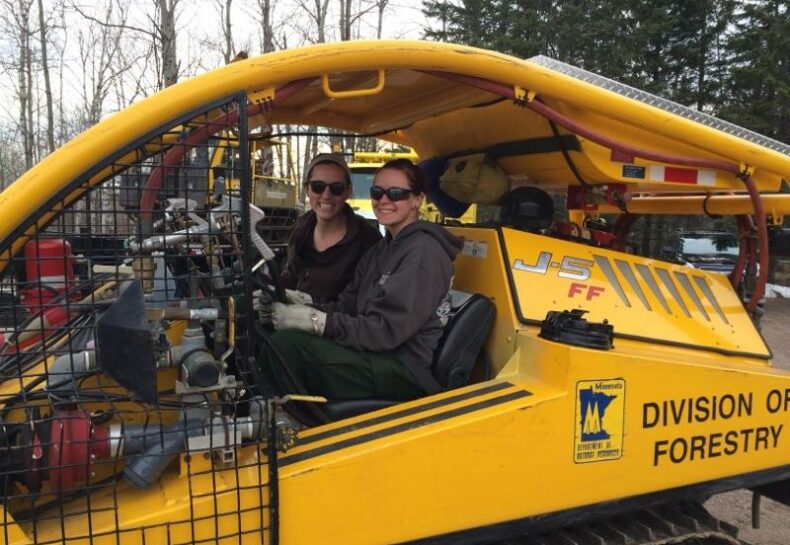Updates & Stories
The adventure begins with new blogger, Caroline
By: Caroline Fazzio If I had to draw lines between all the places I’ve been in the last year, the map might look like something… Read More
Snow + deer season + great company = memories
(Warning: This post contains some graphic photos) By: Tamara Beal Although it was not much, large white snowflakes covered the ground at our office in… Read More
My Corps Story
As the 2017 service year wraps up, we asked our members to reflect on the year and share their fondest memory or greatest accomplishment with… Read More
Not for the faint of heart
(Warning: this post contains some graphic photos) By: Tamara Beal There is no time of the year where bats get more attention than Halloween! A… Read More
Field Specialist Experience: Abby Cyr
By: Megan Zeiher, Recruitment Coordinator Fall is a time of transition, so it is only fitting this season has us looking ahead to… Read More
A year in the life
By: Danielle Yaste First off, I would like to forewarn you that I am getting a little overly sentimental about my Conservation Corps term winding… Read More
Crews keep Split Rock & Goosberry State Park visitors safe
Split Rock Lighthouse is a North Shore icon. Built in 1910 in response to frequent shipwrecks during 1905, this historic landmark and the surrounding state… Read More
The Detours: Fire, Flooding, and Frost
By: Danielle Yaste As the amount of months remaining in our term continue to wind down, my time spent reminiscing over… Read More
Arkansas Post
By: Kristina Beckham Headed back into Arkansas one last time for the year we make our way into Arkansas Post, five… Read More
Wild Rice on the St. Louis—Returning to Mecca
By: Danielle Yaste “What’re you guys working on out here?” A… Read More
